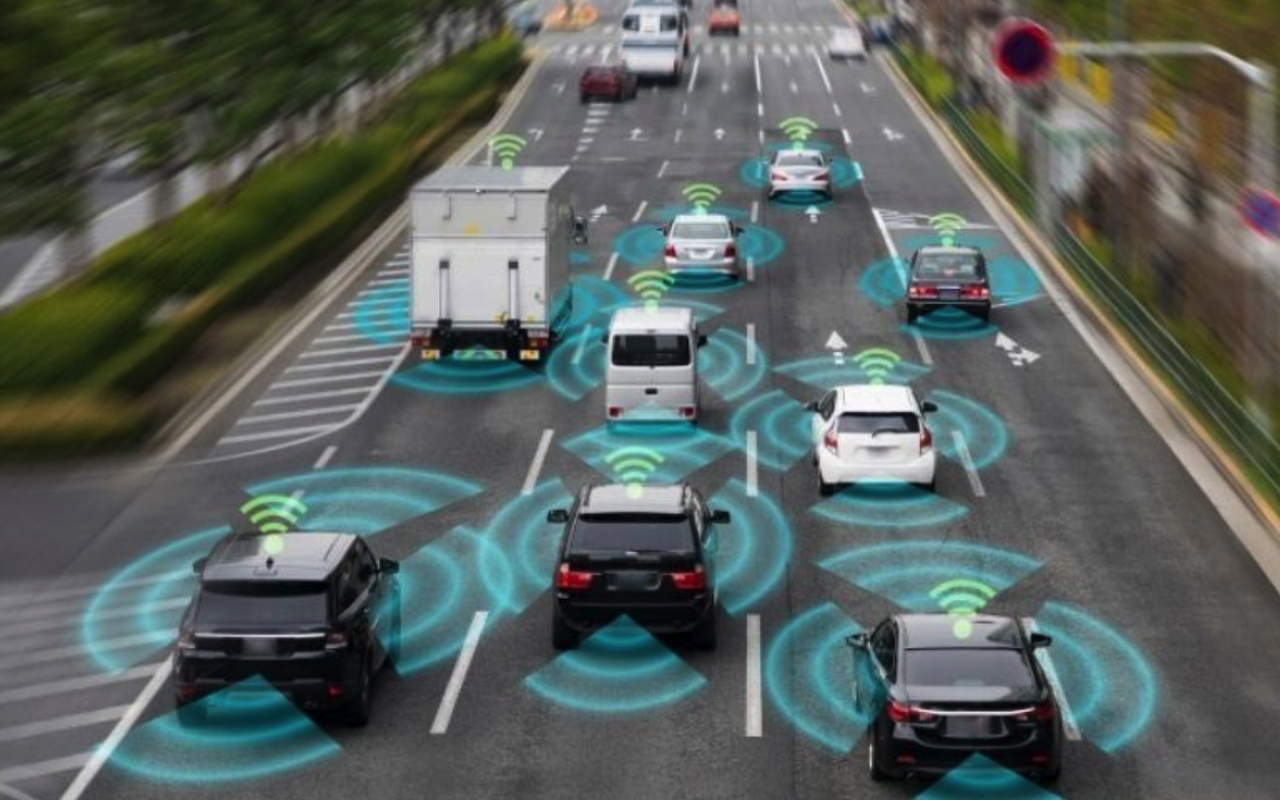
Transportation has always been at the core of human civilization, shaping how people, goods, and services move across cities, nations, and continents. From the invention of the wheel to modern-day airplanes and high-speed trains, every era has been defined by advances in mobility. In today’s digital age, the next revolution is being driven not by engines or infrastructure alone but by artificial intelligence (AI). By integrating AI into transportation software solutions, the industry is unlocking new levels of safety, efficiency, and sustainability that were once thought impossible.
This article explores how AI-based software is revolutionizing transportation, the applications driving this transformation, and the potential challenges and opportunities that come with such advancements.
The Role of AI in Modern Transportation
Transportation involves managing highly complex and dynamic systems such as traffic flow, vehicle safety, route optimization, passenger demand, and logistics coordination. Traditional methods rely heavily on fixed algorithms, human oversight, and historical data. While effective to a degree, they often fail to adapt in real time to unforeseen conditions like traffic jams, accidents, or weather disruptions.
AI changes this paradigm by enabling systems that learn, predict, and adapt. With access to massive datasets generated by vehicles, sensors, GPS, and traffic cameras, AI-powered transportation software can recognize patterns, make predictions, and automate decisions. Whether through self-driving cars, smart traffic lights, or intelligent logistics platforms, AI allows for transportation systems that are more responsive, predictive, and user-focused.
Applications of AI in Transportation Software
1. Autonomous Vehicles
Self-driving cars represent one of the most prominent applications of AI in transportation. AI algorithms analyze data from cameras, lidar, radar, and GPS to detect obstacles, interpret road signs, and make split-second driving decisions. Beyond personal vehicles, companies are developing autonomous buses, trucks, and delivery robots that can reduce human error and improve efficiency. These breakthroughs are fueled by advances in AI-driven transportation systems, creating smarter, safer, and more adaptive autonomous vehicles.
2. Traffic Management Systems
Urban congestion is a global issue. AI-based software can monitor live traffic patterns and adjust traffic signals in real time to optimize flow. For instance, adaptive traffic light systems powered by AI reduce wait times at intersections, cut fuel consumption, and minimize emissions. Some cities are even testing AI systems that reroute traffic during emergencies or special events.
3. Predictive Maintenance
AI-powered predictive maintenance software helps transportation companies avoid costly breakdowns. By analyzing sensor data from engines, brakes, and other vehicle components, AI can forecast failures before they occur. Airlines, trucking companies, and railway operators are already using predictive analytics to improve safety and reduce downtime.
4. Smart Public Transportation
AI enhances the efficiency of buses, trains, and metro systems. Software can forecast passenger demand, optimize routes, and provide real-time updates to commuters. For example, AI can adjust bus schedules automatically to match peak demand or reroute services in response to delays. This not only improves passenger experience but also reduces operational costs.
5. Logistics and Supply Chain Optimization
AI-based logistics platforms are revolutionizing the movement of goods. By analyzing factors like traffic, weather, and demand patterns, AI systems recommend optimal routes and schedules for trucks, ships, and planes. This reduces delivery times, fuel consumption, and overall costs, benefiting both businesses and consumers.
6. Safety and Risk Management
AI-powered surveillance systems in vehicles can detect driver fatigue, distraction, or dangerous driving behavior. Similarly, AI-enabled infrastructure software can analyze accident-prone areas and suggest improvements. These innovations significantly reduce accidents and save lives.
Benefits of AI-Based Transportation Solutions
- Improved Safety: Reducing human error, which accounts for the majority of road accidents.
- Greater Efficiency: Optimizing routes and traffic flows to reduce travel time.
- Cost Savings: Lower fuel consumption, reduced maintenance costs, and more efficient resource utilization.
- Environmental Sustainability: Decreasing emissions through smarter energy use and reduced congestion.
- Enhanced User Experience: Providing real-time information, personalized travel recommendations, and seamless multimodal journeys.
Challenges in AI-Powered Transportation
Despite its potential, adopting AI in transportation comes with challenges:
- Data Privacy and Security: Collecting and processing massive amounts of transportation data raises concerns about user privacy and vulnerability to cyberattacks.
- High Development Costs: Building reliable AI systems, especially autonomous vehicles, requires significant investment in technology, infrastructure, and testing.
- Regulatory Barriers: Governments are still grappling with laws and policies governing self-driving cars and AI-powered systems.
- Public Trust: People may hesitate to trust AI systems with their safety, particularly in autonomous vehicles.
- Ethical Considerations: Questions about accountability in the event of an AI-driven accident remain unresolved.
Future of AI in Transportation
The future of AI-powered transportation looks promising. Advances in machine learning, computer vision, and cloud computing will make transportation systems even more intelligent and reliable. Potential developments include:
- Fully Autonomous Cities: Environments where most vehicles are self-driving and communicate with infrastructure for seamless mobility.
- AI-Enhanced Air Travel: Smarter air traffic control systems that optimize flight paths and reduce delays.
- Hyperloop and Smart Rail Systems: AI will be critical in managing futuristic high-speed transport systems with minimal human intervention.
- Green Transportation Networks: AI-powered electric and shared mobility services that prioritize sustainability.
As these technologies mature, the industry will likely see integration across multiple transportation modes, creating unified systems that deliver safe, efficient, and eco-friendly mobility.
Conclusion
Artificial intelligence is more than a technological advancement; it is the cornerstone of the future of transportation. From autonomous vehicles to predictive maintenance and smart logistics, AI-based software solutions are reshaping how we move people and goods around the world. The journey is not without challenges, but the benefits—greater safety, efficiency, and sustainability—are too significant to ignore.
As transportation networks become smarter and more connected, the role of AI will only grow in importance. Governments, businesses, and technology leaders must collaborate to ensure ethical, safe, and inclusive deployment of these solutions. The next chapter of human mobility is being written not on roads or rails, but in algorithms and data models that redefine what is possible.
In this evolving landscape, it is clear that revolutionizing transportation with AI-based software solutions is not just a vision for the future; it is happening now. With ongoing innovation in areas such as AI in transportation software development, the opportunities for safer, smarter, and more sustainable mobility are virtually limitless.



Comments (0)
No comment